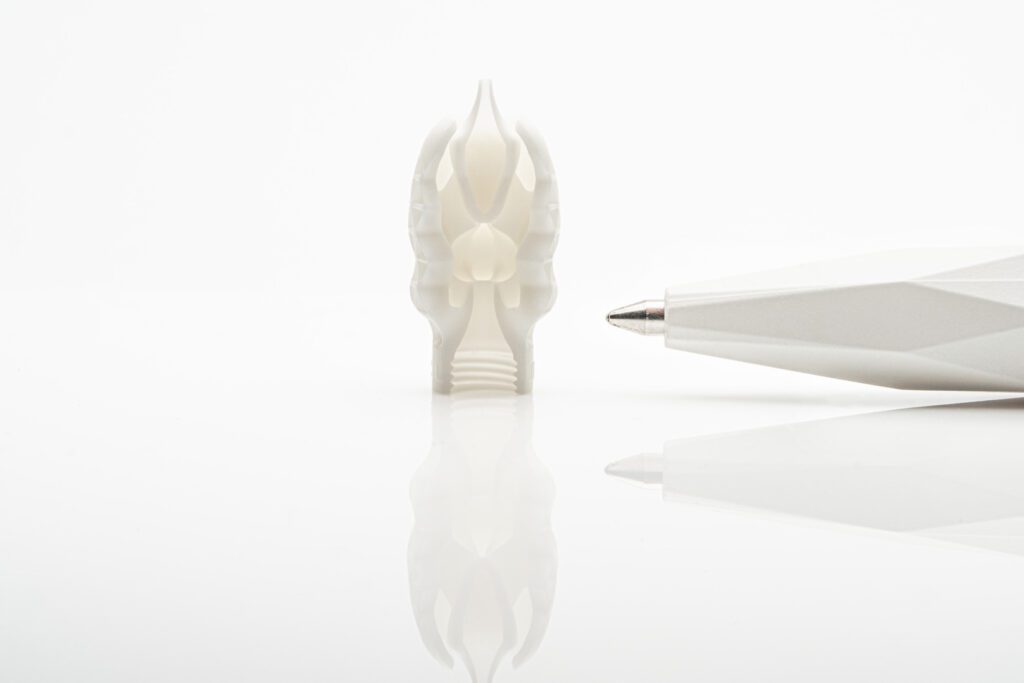As a pioneer in ceramic 3D printing, Lithoz has put much time and effort into making its technology viable for production-grade applications. While this is the end goal for many companies in AM, Lithoz has recently chosen a different path, going back to its roots to bring to market a lower cost, entry-level ceramic additive manufacturing system: the CeraFab Lab L30.
The 3D printer, which boasts lower upfront costs than Lithoz’s production-grade systems, is designed with one key idea in mind: accessibility. In other words, Lithoz set out to build a ceramic 3D printer that would be suitable for research labs, application and material developers and even industrial users.
We had the opportunity to learn about the CeraFab Lab L30 in some detail thanks to an exclusive interview with Dr. Johannes Benedikt, Lithoz’s Chief Technology Officer, but we are now getting a closer look than ever before. Lithoz’s newly released video shows the starter system up close and personal.
Closing a gap in the market
After growing its production-grade 3D printer portfolio—most notably with the CeraFab System series—Lithoz realized that there was still an unaddressed gap in the ceramic AM market. Specifically, there was no true solution for researchers or application and material developers looking for high-quality capabilities, machine flexibility and a lower price point.
The CeraFab Lab L30 stands up on all three fronts: the system integrates the same rotating vat and mechanics as Lithoz’s production systems and is thus capable of producing high-quality parts; it is an open platform, meaning that it can work with a limitless range of oxide ceramic slurries; and it is available at a much lower price point than production-grade ceramic AM machines, making it accessible to a far wider range of users.
Lithoz has achieved this lower cost in a few ways. For one, the CeraFab Lab L30 is smaller than the CeraFab System series: the former has a max build size of 76 x 43 x 170 mm, while the latter has build envelopes up to 192 x 120 x 500 mm. The entry-level 3D printer also has fewer automation features, which are essential to ensuring repeatability in the production-grade systems. This also functions to give the user more control over print parameters in the CeraFab Lab L30, which is vital for material and application development.
Beyond the lower hardware costs, the CeraFab Lab L30 has lower operational costs than other available printers on the market. This is due in large part to the machine’s low material consumption, which is also a key differentiator of all Lithoz CeraFab 3D printers. The CeraFab Lab utilizes an upside-down build process that requires as little as 15 ml of slurry to print. Further, any small amount of leftover material can be reused without the need for removal. This approach also contributes to faster setup and part removal times.
Read the whole article.
In cooperation with 3dpbm.

